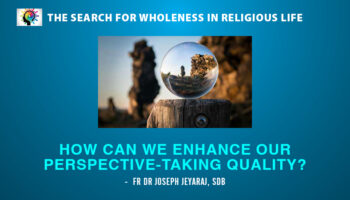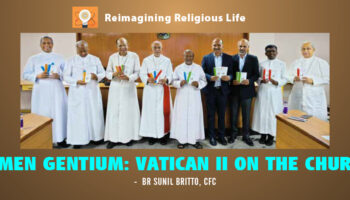Sarah Harvey (Bluebird Publishers, 2019)
How often do we wish we could change certain things in our life—spending habits or eating habits, setting the house in order, and yet feel frustrated that we never really do it! New Year resolutions are often forgotten within a week, to be revived again next year. Harvey offers a practical way of achieving these. What is needed is to reframe our whole approach to such issues and practice the art of Kaizen—the Japanese method of ‘continual improvement.’ Kaizen has been developed by the Japanese industry, with spectacular results. It later became part of the practices of industry and business management the world over. Kaizen techniques first appeared as part of the industrial enterprise as a concept that the Americans used during the World War to ensure industrial workers’ contribution and participation to achieve greater efficiency and output. During the post war reconstruction, the Japanese adapted it and achieved spectacular success. But it goes much farther than that. It is a mode of thinking that can change our everyday life and actually transform the way we feel about ourselves, our goals and environment. Kaizen (literally ‘small improvement’ or ‘good change’) is step by step, or incremental. It insists on small tasks that build up towards a desired change. Derived from Zen philosophy, it assumes that our way of life – be it our work, social life, home or habits—deserve to be constantly improved. Thus, from an organizational theory, Kaizen is now considered a practicable way of personal development. It is essentially a Japanese way of looking at life in its simplicity and beauty, involving a kind of minimalism in all things—a workable alternative, whether it is building a house, or a garden, sports and games, psychotherapy, or spiritual life. We must break free from bad habits, keep trace of the progress that we make in the chosen direction and above all practice self-compassion. The author provides the reader with practical tips at the end of each section.
Finding Frassati: And Following His Path to Holiness
By Christine M Wohar (EWTN Publisher, 2021)
What has the world got to say about a robust, fun-loving, popular, handsome youth, sportsman, mountaineer, swimmer and lover of poetry, who frequented museums, opera, music and was fond of practical jokes, an occasional drink or a cigar and fiercely devoted to his Catholic ideals despite his father’s agnosticism? Today he is a prospective candidate for sainthood. Pier Giorgio Michelangelo Frassati died in 1925 aged 23 in Turin, Italy. During his beatification in 1990, Pope John Paul called him “Man of the Eight Beatitudes.” In 1991, when his tomb was opened, his body was found to be intact and uncorrupted. He is venerated as the patron of World Youth Day. He was the son of Alfredo Frassati, politician and Ambassador to Germany and the founder-owner of a national newspaper La Stampa. His mother, Adelaide Ametis, was a famous painter. From his early youth he worked in various capacities in church organizations, where he never missed an opportunity to serve the poor, the needy the sick and orphans. The Eucharist and Marian devotion formed the most important part of his faith life. Giorgio was a deeply devoted social activist committed to Catholic ideals. He believed we should move from charity to social justice, took part in demonstrations for social justice, and opposed both Communists and Fascists.
His spiritual enthusiasm and radiant joyfulness attracted everyone. His friends called him an “explosion of joy.” For him, mountaineering was a physical and spiritual experience. His motto was verso l’alto (toward the top). He used such occasions for apostolic work, praying and reading scriptures with fellow climbers. He studied mining engineering with the professed purpose of serving Christ among the miners. While awaiting his graduation, he contracted poliomyelitis from someone whom he had been caring for, and died after a few days of intense suffering. Even on his deathbed, Giorgio was consumed by his concern for a sick friend whom he was trying to help. His funeral was a big event that surprised everyone, including his family. Thousands of poor people turned up as mourners, and most of them did not even know his social status. An inspiring, unconventional youth man, who can inspire many today.
Prof Gigy Joseph
To subscribe to the magazine, click Subscribe





